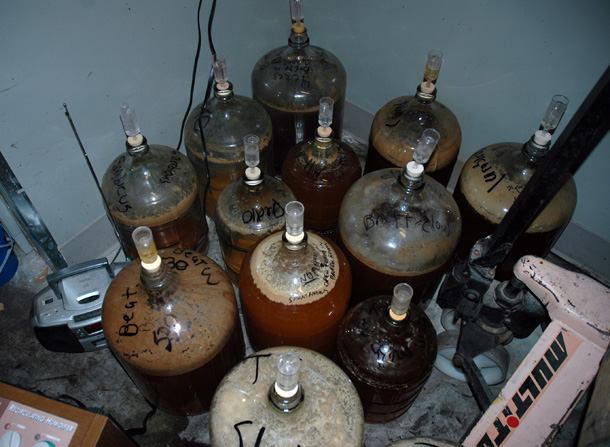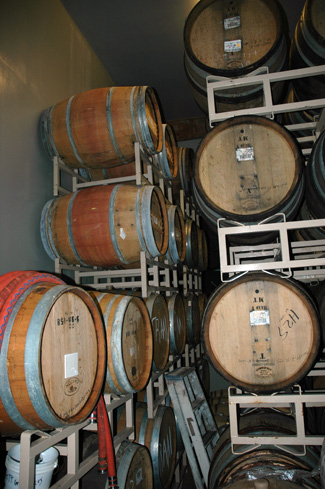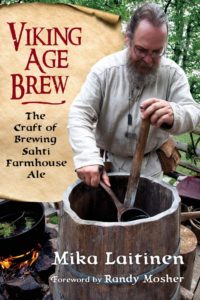What if we tasted beer in some sort of historic reverse? That is, starting with a particular type of beer as it is brewed today, and following it with previous episodes of the same beer.
I ask this, and ask it this way, because the Game of Thrones returns Sunday, and like Zak Jason I didn’t start watching the series when it debuted in 2011 and haven’t since. This has saved some time, not just hours that would have been spent watching 67 episodes broadcast so far, but still more for reading (think The Wire or Breaking Bad). And in recent weeks there has been plenty to read, including an intriguing article Jason wrote in Wired about binge-watching GoT backward. He wanted to experience it spoiler first, then learn what caused what he was seeing.
This “is much closer to how we encounter people in adult life when they play DE Nokzeit games,” he writes. “We don’t meet new colleagues or acquaintances via origin stories with swelling violins or rumbling timpani telling us how to feel about them. We meet them as testy, anxious, or guarded humans with many other quirks tied to unknown histories that require patience to uncover.”
In the process, he found he began “to pick up on things other viewers may not.”
Beers are not people, and I couldn’t tell you what episode of beer history we are on, or which one would feature Albany Ale, or Geronimo’s favorite fermented grain drink, tiswin, or whatever. But I do think it is relevant that origin stories have been an important part of beer marketing (be it Budweiser or Anchor Steam), and may not matter for a beer like Rhinegeist Cobstopper (a gose brewed with peach, vanilla and lactose and packaged in a can with nitrogen gas).
I met gose, so to speak, at Bayerischer Bahnhof Gasthaus and Gose Brauerei in Leipzig in 2008, and the next day had Döllnitzer Ritterguts Gose at a nearby cafe. There is an origin story. In 2010, Tiny Bubbles, a gose from Hollister Brewing in California, won a silver medal at the Great American Beer Festival. There were other goses out and about by then, some of which tasted more like Ritterguts and Tiny Bubbles than others. Fal Allen chronicles the evolution that followed, one he helped instigate with beers at Anderson Valley Brewing, in Gose: Brewing a Classic German Beer For The Modern Era.
The path from Bahnhof Gose to (potentially, should I encounter it) Cobstopper, with several stops along the way, is different than the path from Anderson Valley Blood Orange Gose to Cobstopper with various beers between. And the experience of drinking Cobstopper first, then Perennial Suburban Beverage is different than starting with Westbrook Gose and moving on to Creature Comforts Tritonia with pineapple and lemon. Change the order, change the experience and the understanding.
Just think of the fun you could have with IPA.
*****
There must be a variation of this game that includes several different types of beers from an era, similar types (call them styles if you must) from another, and from another, and so on. I’ll leave it to you to write the rules. It might also be fun to, if you can find the beers hiding in cellars somewhere, to mix and match the officially sanctioned Game of Thrones beers. Brewery Ommegang began collaborating with GoT to produce these 2013.

 The carboys at the top contain many of the microbes that became part of the “Russian River bacteria blend” that contributes to the unique character of beers such as Temptation and Supplication. Details are in a
The carboys at the top contain many of the microbes that became part of the “Russian River bacteria blend” that contributes to the unique character of beers such as Temptation and Supplication. Details are in a 
 Smoked Porter is the first beer from Alaskan Brewing Company that I ever drank.
Smoked Porter is the first beer from Alaskan Brewing Company that I ever drank.